A divorced children’s author has shared his experience of giving up “traditional” housing to move into a small house where bills cost just £150 a year.
James Campbell described the move as “liberating” but also spoke about the “dirty secret of living off the grid” after he made that drastic lifestyle choice three years ago.
It was a choice that arose after his decision to become vegan, stop flying, switch to an electric car and start buying everything second-hand.
Tiny houses have a floor area of less than 37 square meters (m2), but even Campbell’s humble abode is small by these standards, at just 17.5 m2.
In addition to attracting people who cannot afford sky-high rents, the houses are increasingly becoming something of a social movement due to the appeal of their simplicity and minimalism.
Speaking to The Telegraph, Campbell said he made the decision as a result of a “lockdown-inspired breakdown” and had always loved caravan holidays.
His previous existence included owning a five-bedroom house and several cars, with a considerable carbon footprint.
He said: ‘It was very liberating to be able to carry what you need. I thought getting rid of 90 percent of my stuff would be a good thing.”
A divorced children’s author has shared his experience of giving up “traditional” housing to move into a small house where bills cost just £150 a year.
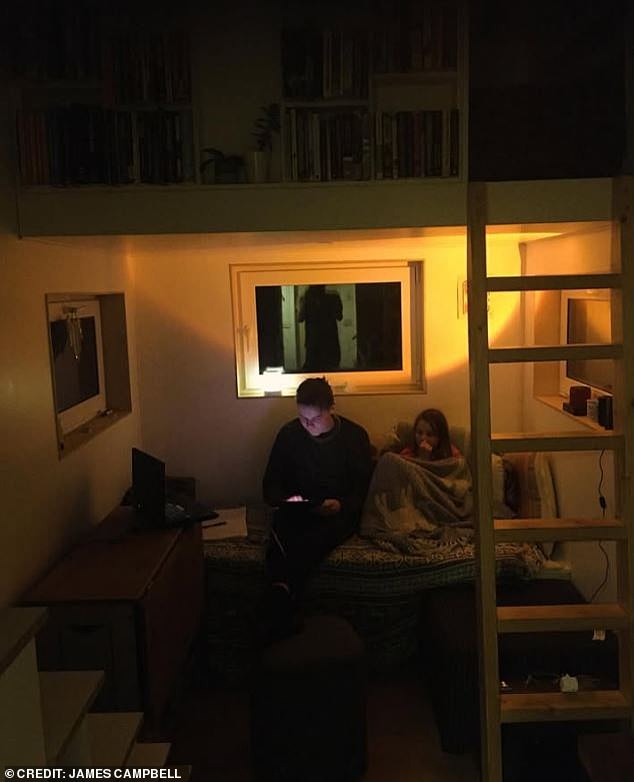
James Campbell uploaded this cozy photo of the home and said he had been “working on home improvements.”
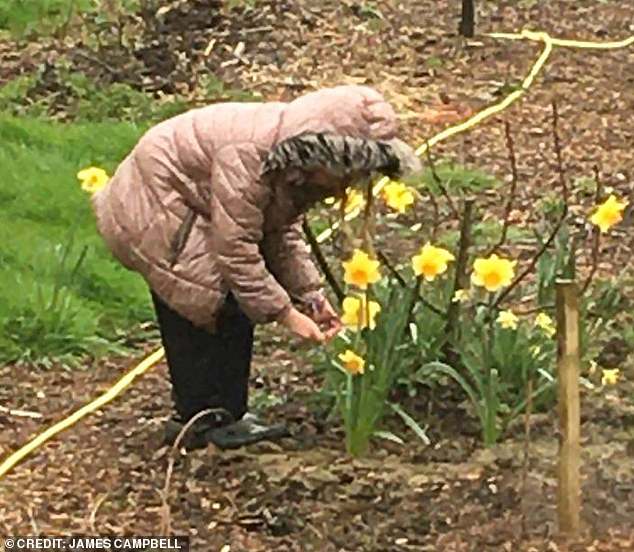
Campbell uploaded this photo and captioned it: ‘Picking daffodils from the garden for Mother’s Day.’
The property cost him £60,000 and is a 1.5-storey metal-framed house containing two loft-style bedrooms, thick external walls clad in attractive larch timber and gutters channeling rainwater into a filtered tank.
It also has a gas stove and oven, refrigerator, washing machine, shower and a composting toilet, and Campbell uses waste from the garden’s fruit trees. Additionally, there are solar panels, an inverter, and storage batteries that provide most of the power.
The windows and doors are triple glazed, meaning the house achieves an ‘A’ rating Energy Performance Certificate (EPC).
But despite the seemingly bright picture being painted, there is a “dirty secret” that the author and comedian admits.
He said, “In winter, it’s impossible to stay warm using the sun; that’s when the propane comes out.” Gas is the dirty secret to off-grid life.’
As a result, Campbell spends £150 on two tanks of fuel each year, which is its only internal operating cost apart from maintenance.
He spends a week or two a night away from home traveling around the country, speaking at schools and touring his children’s comedy show, and taking chargers to hotels.
Campbell describes the small house as the “right size” for him and his two children (a son, 18, and a daughter about to turn nine) who visit regularly, but admits “it can be a little tight.”
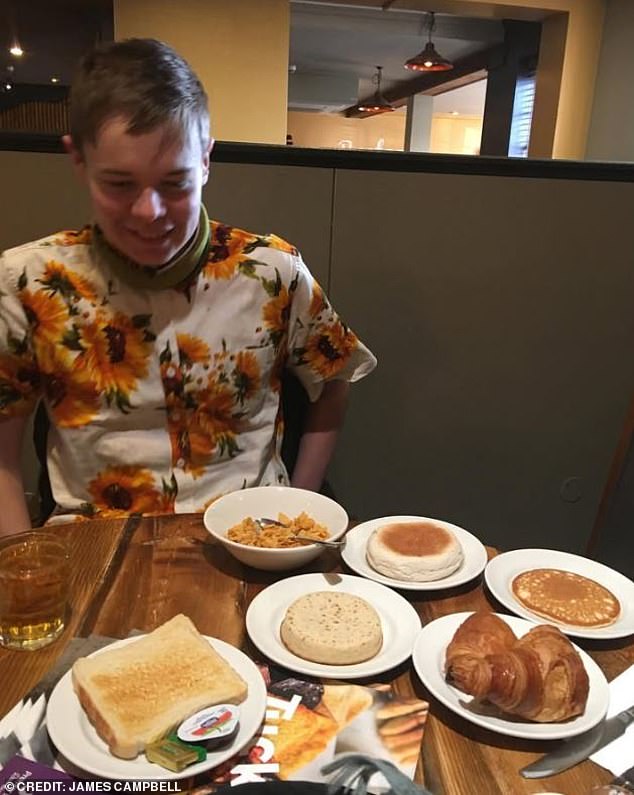
Campbell describes the small house as the “right size” for him and his two children (a son, 18, and a daughter about to turn nine) who visit regularly, but admits “it can be a squeeze.”
He has planted 200 trees and grows fruits and vegetables in his “food forest” garden.
Children from the local special needs school even come to use the outdoor space.
But one terrible experience he has recounted suggests the experience hasn’t always been sunshine and rainbows.
This was a “horrible rat incident” that took place after the manufacturers left holes in the bottom of the house.
Campbell couldn’t sleep because the furry creatures were chewing on the electrical system and the place was about to explode.
The author, who would like “another adult to share the dream with,” acknowledges that some of the stories may put people off.
Despite these concerns, in the last decade there has been an increase of 19,000 households living in temporary mobile structures such as tiny houses, according to the Office for National Statistics.
Tiny Housing Co is an example of a new company that has attempted to serve this growing market.
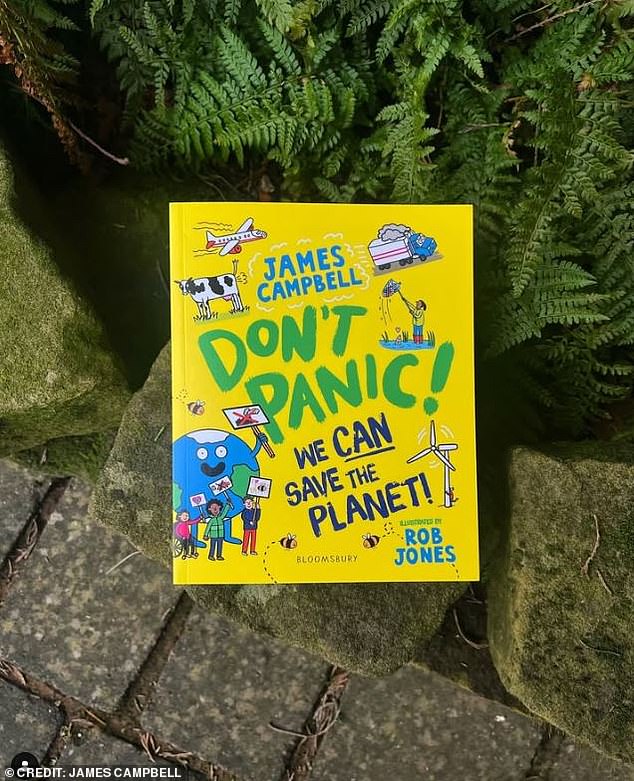
One of Campbell’s books inspired by climate change. He has planted 200 trees and grows fruits and vegetables in his ‘food forest’ garden
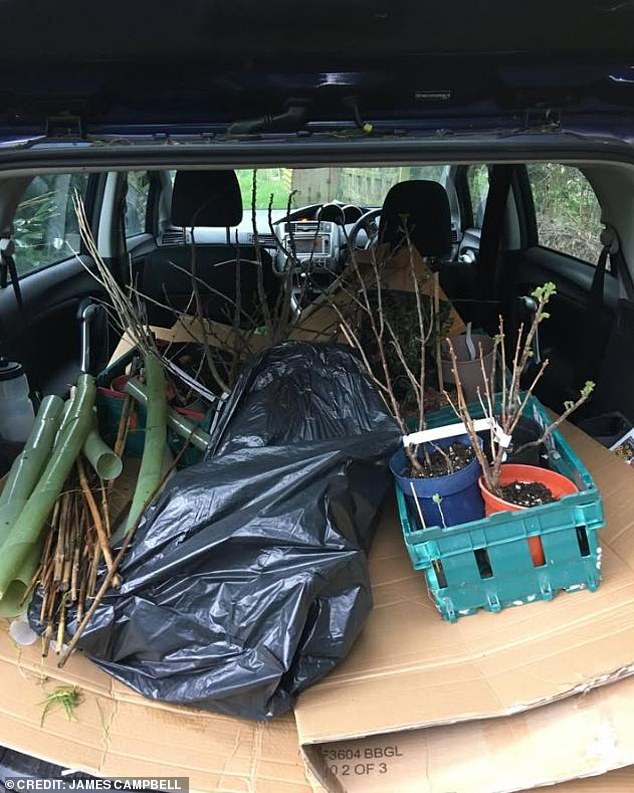
Campbell uploaded this photo with the caption: “The car is full of fruit trees and shrubs which we will be planting in two schools in Essex.”
Co-founder Dane Smith-Burchnell said about two-thirds of the homes built by his company are on farmland or equestrian sites.
The company caters to the upper end of the market with models ranging from 23 to 37 square meters and costing between £50,000 and £90,000. This compares to the average house in England which is 94 m2.
Liz Emerson, of the Intergenerational Foundation charity, has suggested she is not convinced of the benefits of tiny houses, pointing to a tendency for young people “to accept less space in a housing crisis”.
She told The Telegraph: ‘These developers are maximizing profits for the welfare of the younger generation who need space to hang more than just a coat.
‘Are we all going to move to live in Japanese capsules while post-war baby boomers were built en masse with three-bedroom family homes? “It is an injustice disguised as a lifestyle choice.”


